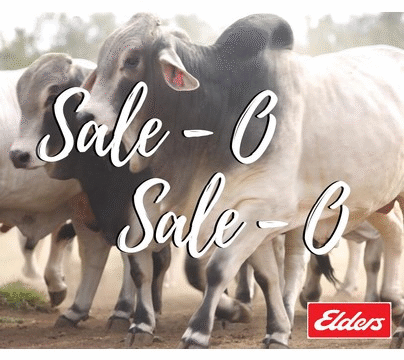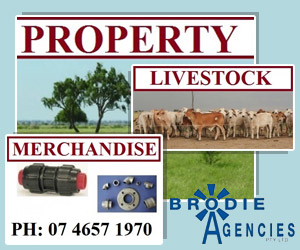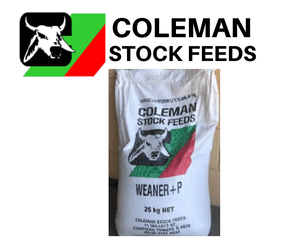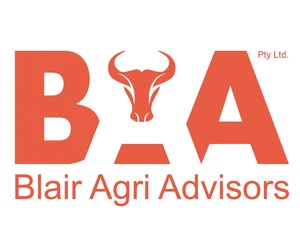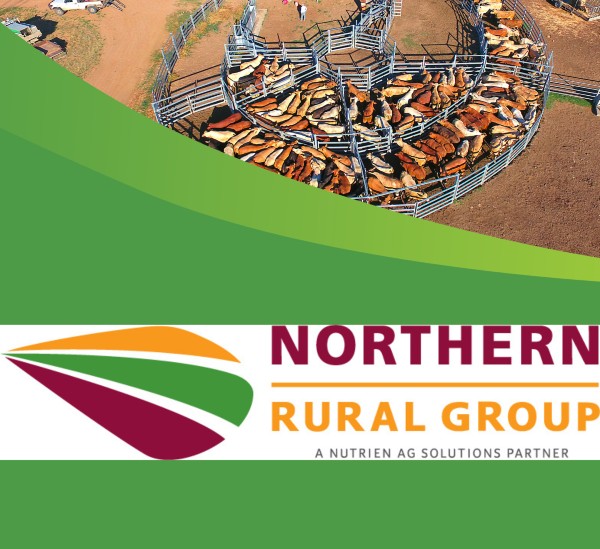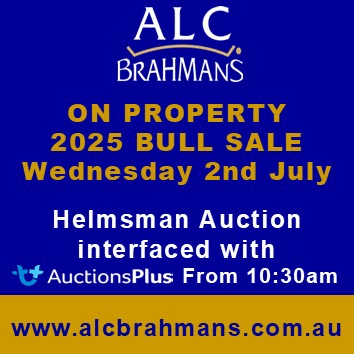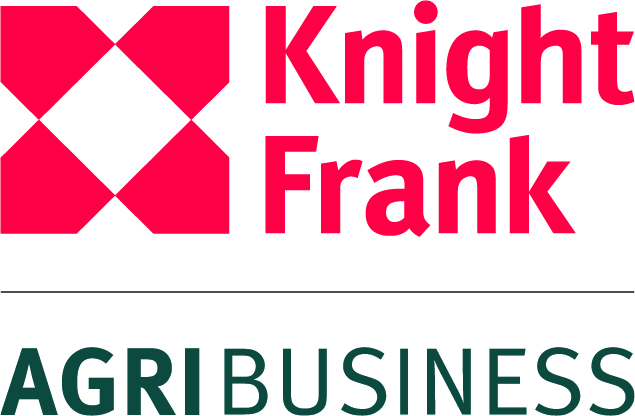WATER IS THE TOPIC ALL WANT ANSWERS?
The current allocations are a good start.
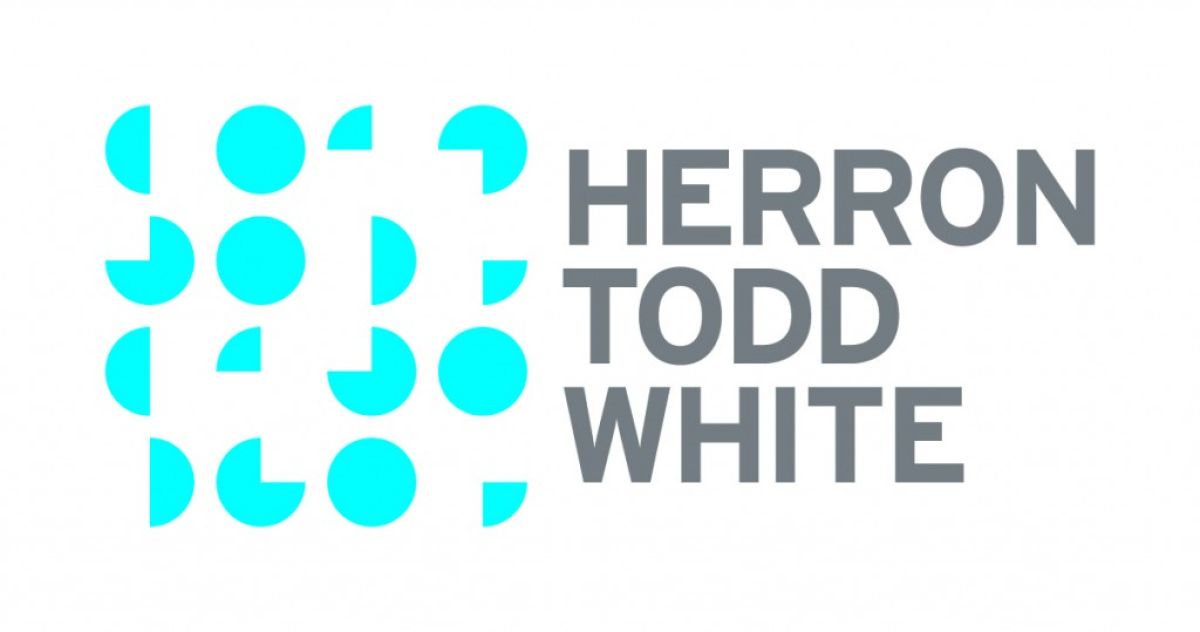
By Roger Hill
Water is certainly a hot topic in North and North West Queensland at present. Industry stakeholders are keen to see agricultural industry development across the region.
At present there are a small number of fodder crop projects that have served as incubators to higher valued agricultural crop development.
The collective voice of the region would like to see economic growth and increased employment opportunities through the development of agricultural projects.
By the time this article is released, the Great Artesian Basin (GAB) bore allocation tenders will have closed (11 December). The minimum price of this water is $1,420 per megalitre. There has been much conjecture in the marketplace regarding this price. It will be interesting to see how many tenders are submitted. And it will be interesting to see how the new water releases are utilised.
At this point in time, some hay projects are sitting idle as their Gross Margins are rendering the operation unviable and it’s more economical to truck hay in. This is the economic point where industry is realising that higher value agricultural crops are required as opposed to fodder crops.
With the impending GAB Resource Operating Plans (ROPS) enabling trading, it will be interesting to see if any trades do occur in the free market and at what price. One of the factors the market will need to account for is – how easy can the water be traded?
Tenders for the unallocated 264,550 megalitres of water from the Gulf Resource Plan Area close on the 29th January 2016. This plan area includes reaches of the Flinders, Norman, Nicholson, Gregory and Leichhardt River catchments.
The combination of these allocations and the previous allocation round of 95,000 megalitres in 2012 is a good start towards the evolution of the Gulf and North West Queensland irrigated agriculture industry.
At this stage, none of the first allocation round licences are actually in use. No projects have been developed. Water is tradeable in the Flinders and Gilbert River catchments. It is unlikely that trading will even occur until such time that demand arises when projects are up and running.
Even when an irrigation area is established, a water trading market is not necessarily established automatically. For example, it is some years ago now that the water allocations in the Burdekin were detached from the land parcel and tradeability was enabled. Given that there already was enough water allocated, there is no scarcity and there have been few trades at all in that market area.
It is exciting to listen to market discussions about the potential for projects and also the pricing of the water itself.
The average price for the last round of allocations is reported to have been $35/megalitre.
This price was a display by the purchasing market as to the worth of the water allocations which have been shelved until either the existing entitlement is added to (to target economies of scale) or capital funding is sourced for the development of projects.
The vendor of the water in this round is disregarding the purchasing market pricing of the last allocations by setting a higher minimum price for this round of allocations at $45 per megalitre.
This step to cost pricing (rather than free market bidding) is creating market chatter that indicates this increase is around potential scarcity that is presented by limiting the available resource.
This 'limiting' has been enacted by the capping of the combination of allocations to 264,550 megalitres across the various watercourses, the ‘sectioning’ of allocations to reaches of the river systems and also the imposition of conditions around water extraction dates and volumes.
In time, the market may seek to price in the risks across the various segments of river reaches (for example: there may be a price differential to trade an allocation to a downstream farm from upstream reaches or vice versa).
Perhaps the market will price in the risk and conditions that are dictated around water extraction dates (which have been established to ensure that the end user (Prawning industry) achieves its flushes)!
Some of our clients are proposing a range of pricing bids in their tender applications. I do not think it timely for me or appropriate for me to influence these bids by saying 'well it’s not worth that or it is worth that much'.
What is appropriate input, is to discuss the trade off of between Return on Investment (ROI) and risks that each client has with their greenfield land site: the underlying land value, the costs of developing their project and the time value of money for holding the allocation until the capital works are done and a positive cashflow is being generated.
It may be that at $45 cost along with these other project inputs, that this price does not equal reasonable value for some sites at all!
The use of the land is where it derives its worth. Perhaps fodder crops under these cost models are not the ideal land use choice!
I have been involved in due diligence and valuation work of projects whereby the sum of the physical development costs (excluding the allocation, planting, interest and time to achieved profitability) in those projects ranged from $4,500 to $6,000 per irrigable cultivated hectare. Obviously, in this article I am not at liberty disclose the nature of these projects.
Given this cost range: sales evidence is available for hay/fodder type land uses. For instance:
Hopevale near Maxwelton sold in May 2013 as an ‘out of use’ centre pivot and flood irrigation area. Analysis of this sale indicates rates from $2,000 to $2,500 per hectare on this basis.
Eumara Springs (Charters Towers) sold in February 2012 with centre pivot areas ‘in use’ and pumping from a reliable supply out of the Burdekin River. Analysis of this sale indicates $8,500/ha for the cultivated irrigation area under the pivot.
Lancewood, across the River sold earlier, ‘out of use’ and requiring substantial work to bring in to line showed $5,000 per ‘out of use’ irrigable cultivable hectare.
The peak of market rate in 2009 was at Uramo which is up on the bank of the Herbert River near Mount Garnet at $10,000/irrigable cultivated hectare under pivot.
The range of market sale rates for property value component if growing hay/fodder is marginal when considering the costs of establishment of an irrigation cultivation area.
Stakeholders do understand the substantial costs of development of the projects, however for the land to be worth more, higher valued agricultural crop development is required.
At this stage, discussion is around the ability for industry to attract investors or joint venture partners as there are depleted equity / debt reserves available to raise the project through until it is profitable (at say year three). The drought has not helped!!
The current political noise, interest group meetings and industry discussion is coupling to compliment the decision to release this next round of irrigation water allocations.
Factors that are still required to be addressed include infrastructure development, vegetation management issues, tenure conversions and the addressing of native title and not to mention (again), the source of capital.
The current allocations are a good start, and in time, the benefits or the hard work are aimed at increasing the gross value contribution of the northern Qld agricultural product to State GDP.
The local benefits to small towns would be through increased employment and economic activity which are currently suffering from the flow on effects of the drought.
Rather than suffering the flow on effects of the drought, the values of house and commercial properties, would turn around and increase with the invigorated economic activity.
Currently, in Hughenden, Richmond and Julia Creek, house prices range from say $40,000 (renovators delight) to $250,000 with a basic average house range from $80,000 to $140,000.
With the increase in business trading conditions, employment and wages, demand for these houses and commercial properties will increase. From these basic comments, it is obvious why irrigation water allocations are a hot topic in North and North West Queensland at present
Click on link http://www.htw.com.au/

